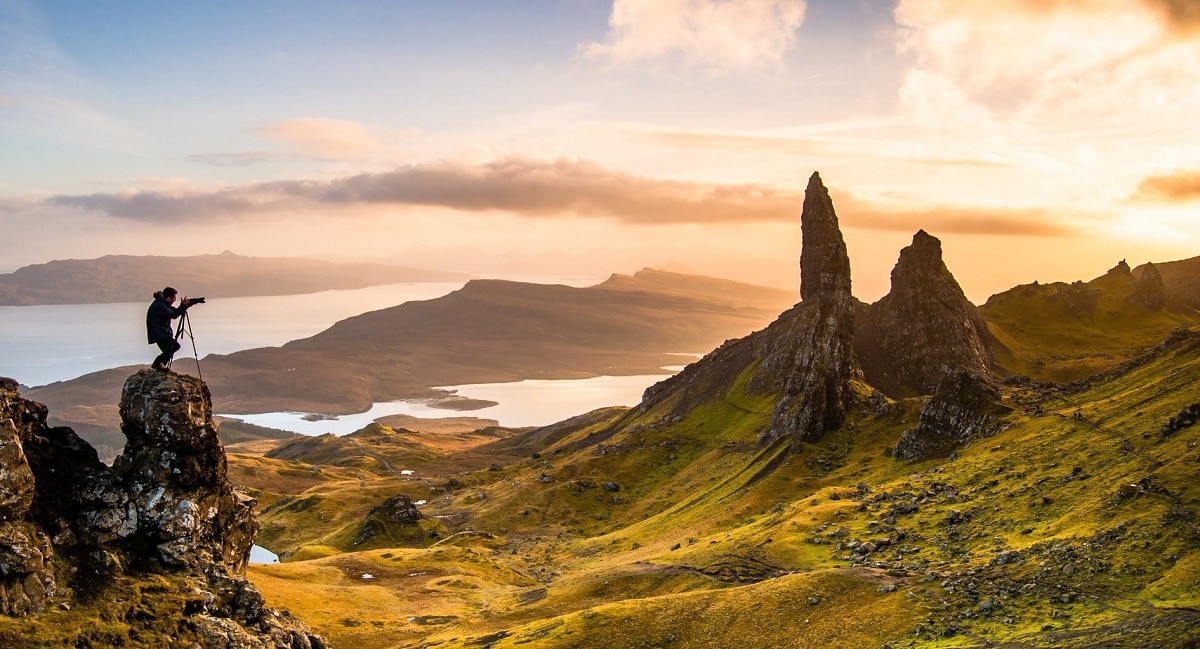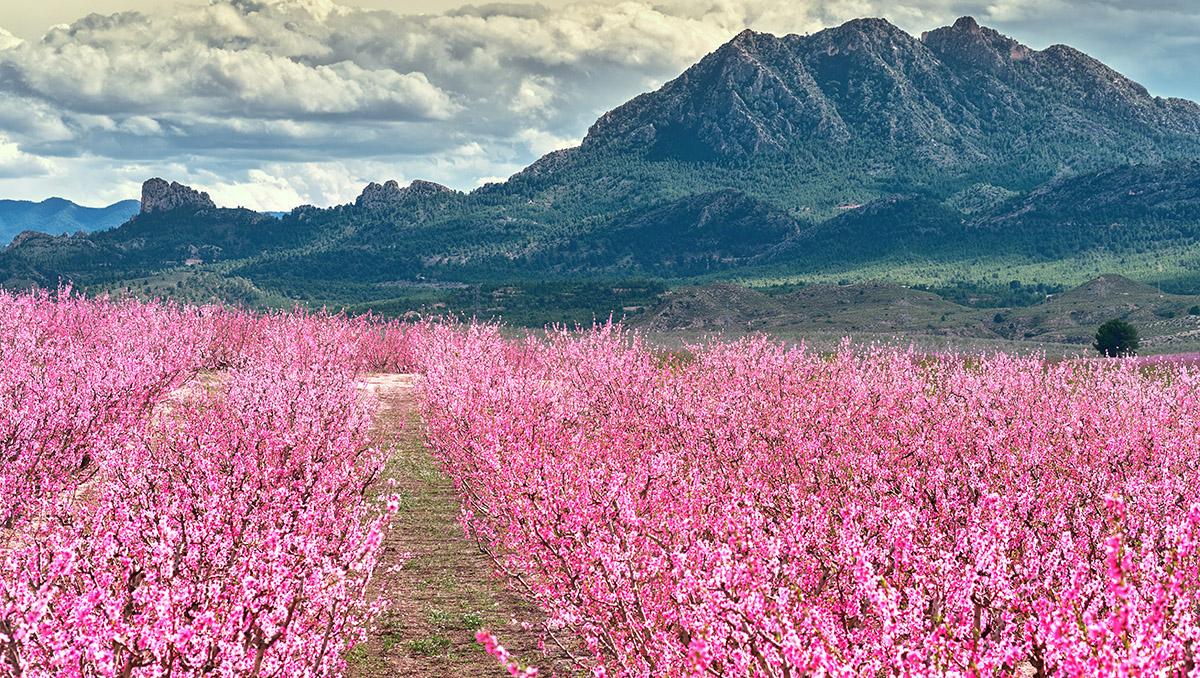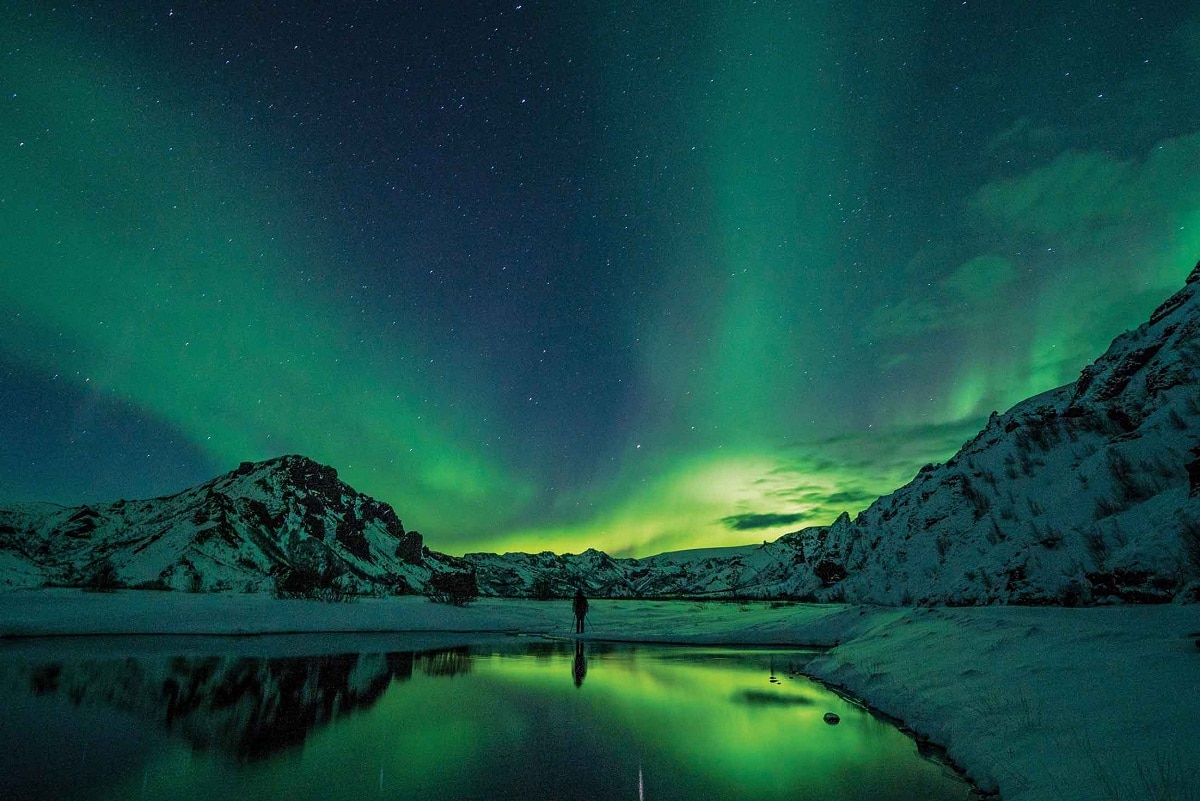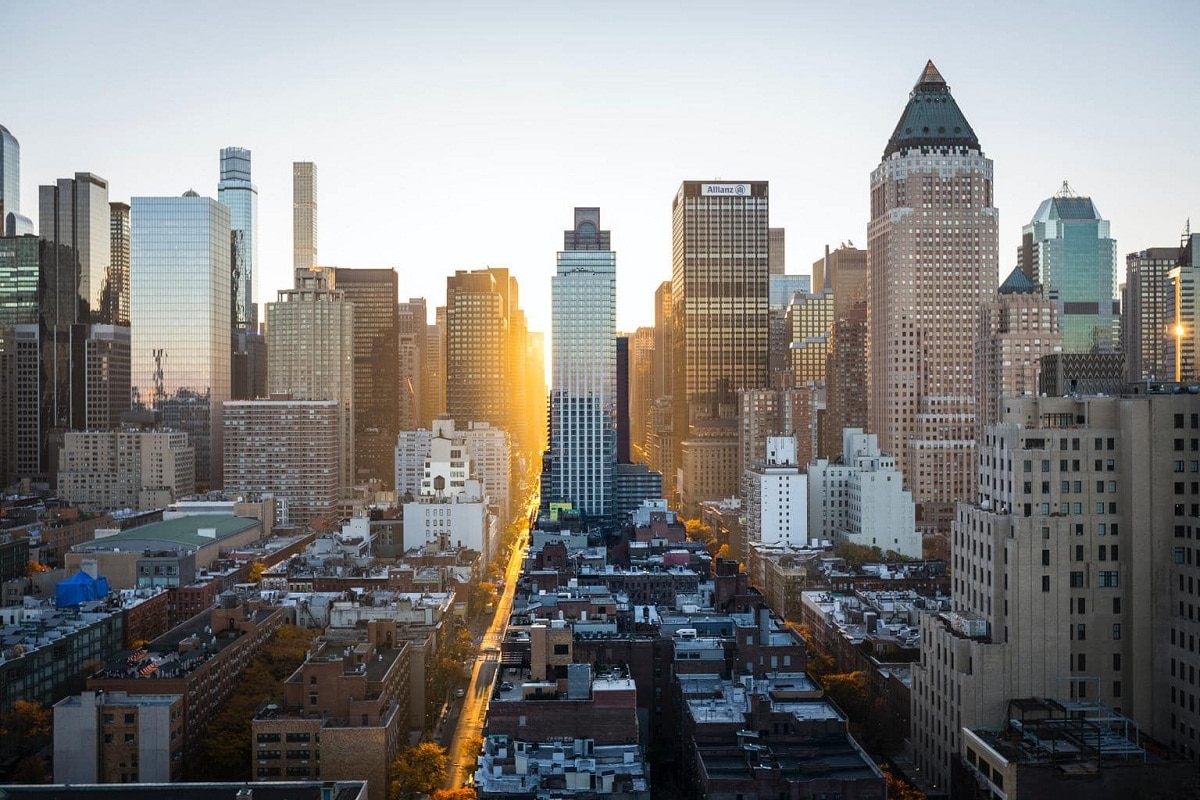
When we use the word landscape, we usually refer to physical spaces that have not been modified by humans. That word always evokes us to think of a natural environment completely remote from the urban places where human beings live. However, there are lots of scenery which are made up of high quality urban elements. Much of the landscapes are found on the earth's surface and have been modified by man. It is for this reason that some who are further away from everyday life are more in demand since there are fewer and fewer.
In this article we are going to tell you all the characteristics, elements and examples of both natural, cultural and urban landscapes.
Key features

In urban environments, cities, routes, roads and other infrastructure constructions have become essential in order to satisfy people's needs. Depending on the way in which a city is structured it can provide tremendous landscapes. Natural landscapes can still be recorded where human action is small and the interaction between climate and geological and ecological elements is kept in harmony. An example of this is the north pole and the south pole, some mountains that are at very high altitudes as well as forests, jungles or coasts that have not been modified by humans. There are also some plains and valleys or deserts.
A beautiful landscape can be defined as one that, due to its soil characteristics or because of the climate, are not habitable by humans. Nor do they have a large amount of raw materials or soils that can be exploited, so it has no economic interest.
Elements of natural landscapes

We are going to analyze what are the main elements that natural landscapes have. The relief of a landscape is the number of geographical features that can be identified within an area. Some of the elements that we find in a natural landscape are those that determine the quality and unique characteristics of this ecosystem. Let's see what these elements are:
- Area: it is the terrain spread between certain limits. The boundaries of the area is where the natural landscape in question develops.
- Relief: are the different geographical features that can be identified within the area that limits the surface. An example of this is a mountain, a valley, a mountain range or a mountain range.
- Water: the amount of water in a natural environment is a determining factor for the development of life. Normally ecosystems that have water tend to be more full of life. It is an essential element for both animal and plant development. In addition, it usually creates landscape is much more beautiful.
- Flora: refers to vegetables, whether they are plants, trees or shrubs that inhabit the area delimited by the landscape. The play of colors that the vegetation of an environment creates can be essential for a beautiful picture.
- Fauna: the fauna are the different animals that can be identified and that live in the area of this natural environment. Depending on the characteristics that we have mentioned, they may inhabit one type or another of species. The same happens with the number of individuals of each species. These animals depend to a large extent on the natural resources that are available and on space.
- Minerals: they are the inorganic materials of each landscape. It is usually silver, gold, nickel or copper, mainly.
- Climate: the climate refers to the atmospheric conditions of a territory. Among the atmospheric variables that determine the state of the landscape, we find humidity, atmospheric pressure, temperature and the rainfall regime, among others.
- Ground: It is the outer layer of the earth's crust. According to the characteristics of each soil, different kinds of vegetation can be developed and certain fauna can be sustained.
Demand for natural landscapes
The demand for natural landscapes has increased over the years since human beings have migrated to urban environments. These landscapes have become quite relevant tourist destinations. It is possible that the natural environments remain impacts, with the exception of the placement of some infrastructure such as a bridge a way so that it can be appreciated or crossed by the human being. Even so, the elements of the ecosystem are practically intact. This increases its tourist value.
On many occasions there are natural landscapes in which people can also live in them. We are talking about small villages where the population is very scarce. Sometimes even those people don't live close to each other. Therefore, the terrain is hardly affected at all, as is the flora and fauna. Many of the natural landscapes that are protected by humans to reduce the impacts of economic activities on ecosystems. A government provision decides to preserve a certain territory based on the value of its resources or the natural value it has. These protected environments are known by the name of natural park and the access of people is usually restricted or there are certain guidelines for their preservation.
In this way, it is guaranteed that the flora and fauna of the place can continue to develop. In addition to natural parks, there are monuments and nature reserves. Each of these environments has its legislation for protection.
Natural and cultural landscape

As we have mentioned before, there is also a cultural landscape that refers to urban places developed by humans. In a cultural landscape we observe buildings, roads, squares and bridges, among others. The difference between cultural landscapes and natural ones is that it is very easy to perceive the intervention of man. You can easily see that before it was a natural form and now it is modified. We modify natural environments in order to develop our lives and satisfy needs. In the city it is the people we live and develop our jobs, we work, we study, we buy basic necessities products, we have fun, etc. In short, in urban environments we make life.
Therefore, in these environments there are buildings, squares, roads, bridges, factories, fields with crops, etc. Which are also considered as cultural landscapes. To be able to install all this, people need to be forced to divert rivers, cut down trees, level the ground, in order to take advantage of the land.
I hope that with this information you can learn more about the different types of landscapes and their characteristics.